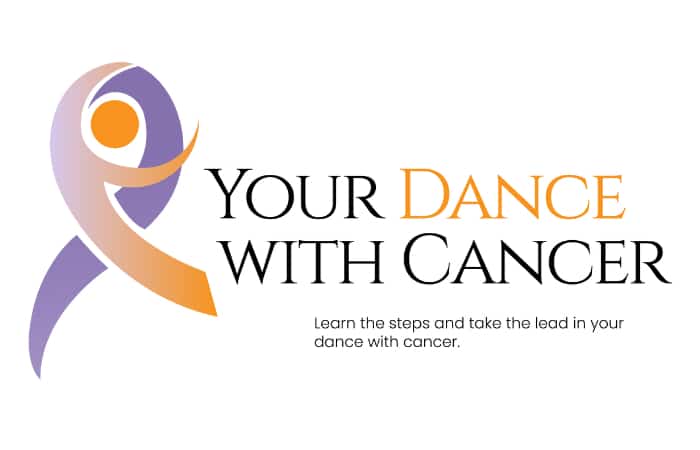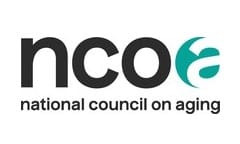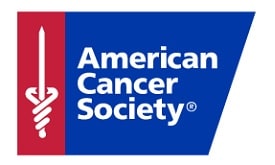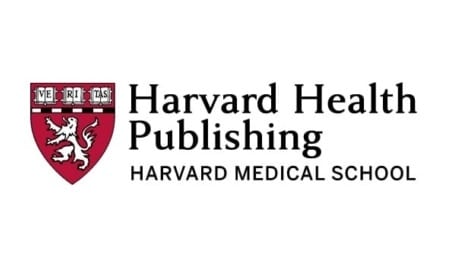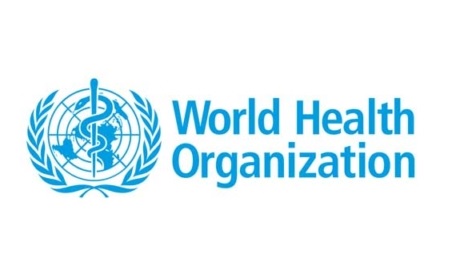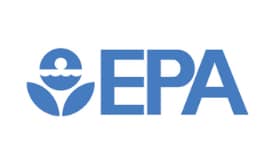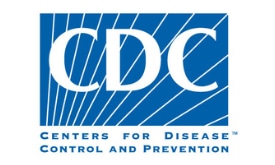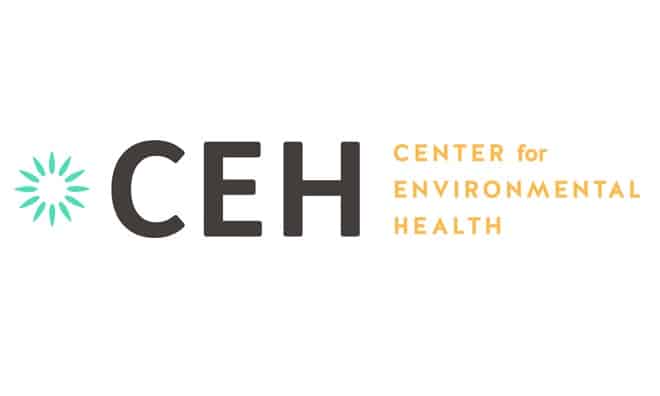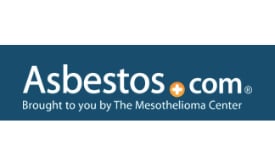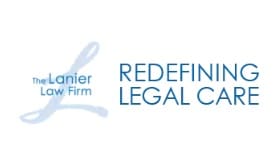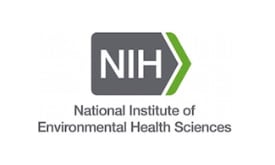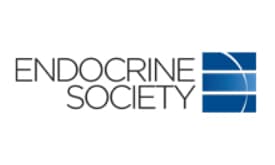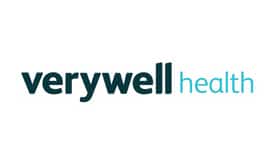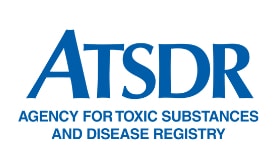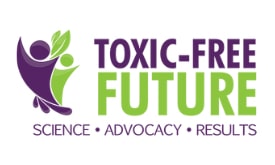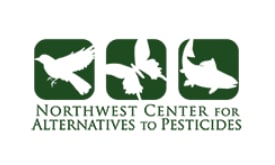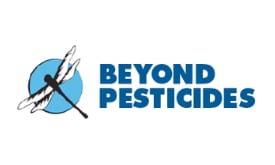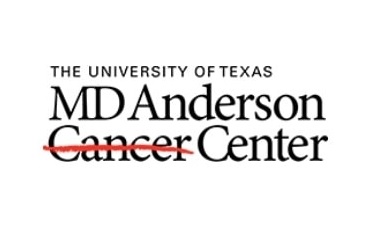Making changes in your environment
Creating a healing environment invites a four-pronged approach:
- Creating a personal sanctuary—a place that feels safe, calm, and healing for you.
- Adjusting your living space to be safe, especially if you’re experiencing debilitating side effects.
- Increasing beneficial exposures such as nature and bright light during the day (but not bright light before bedtime).
- Minimizing potentially harmful exposures including chemical pollutants and radiation.
We provide a few suggestions for making the last three a part of your daily habits.
For a summary of the evidence connecting these exposures to cancer, see How can Creating a Healing Environment help you? What the research says ›
CancerChoices Senior Clinical Consultant Laura Pole, RN, MSN, OCNS, discusses creating a healing environment.
Play videoHome comfort and safety
As Michael Lerner says in his letter introducing this topic, “Creating a sense of healing or sacred space depends deeply on what you find healing.”
- What makes a space feel healing for you? Darkness or light? Quiet or soft sounds? Solitude or loved ones? Stillness or activity? Indoors or outdoors?
- Where do you find that your breath deepens, you relax, and you allow the flow of life energy to move through you?
Your living spaces also need to be physically safe for you. As a result of cancer or treatments, you may have impaired balance, vision, or hearing. You may have lost a body part or suffered nerve damage that can affect your mobility and physical function. You may experience weakness or disability. You may need to adjust your home environment to make it safer for you.
Safety precautions include installing handrails in the bathroom or along stairs, removing throw rugs that can slip, adding extra lighting, and checking water temperature with your elbow instead of your hands to prevent burns.1Cancer.Net. Nervous System Side Effects. American Society of Clinical Oncology. February 2018. Viewed May 4, 2022. Ask your oncology team if you need any further safety adjustments at home.
Helpful links
Your exposure to nature
The more time you can spend in nature, the more you’ll reap the healing benefits. See this therapy review for benefits and guidance on adding more time in nature to your daily practices.
Your exposures to light and other radiation
Bright light
Bright light during daytime hours comes naturally from the sun. Light from sources such as indoor lighting can also produce a similar light spectrum. Although bright light in daytime can improve sleep-wake rhythms, bright light—and especially blue-spectrum light—in the evening can interfere with your natural melatonin production. Higher concentrations of melatonin promote sleep, so bright light should be limited before sleep time.
- Can you increase your exposure to bright light in the morning?
- Can you avoid screen time for at least 30 minutes before bed?
- Can you reduce your exposure to white or blue artificial light in the evening, choosing more yellow light?
- If you work at night and must sleep during daylight, can you make your bedroom as dark as possible, ideally not being able to see across the room, even after adjusting to the dark?
Helpful links

Blue light filter for computers
Ionizing radiation
Sources of ionizing radiation include heat or light from the sun, medical diagnostic scans such as x-rays and CT scans, and gamma rays from radioactive elements. By 2006, almost half of the typical American exposure to ionizing radiation had come from medical imaging, such as x-rays and especially from computed tomography (CT) scans.2Laffall LD, Kripke ML. Reducing Environmental Cancer Risk: What We Can Do Now. President’s Cancer Panel. 2010.
- Can you limit your time in the sun, especially at midday?
- Can you limit or eliminate indoor tanning?
- Can you find out if your house has high amounts of radon and how to address it?
- Can you verify that any medical imaging is necessary, and ask to protect your thyroid during imaging?
Helpful links
Your exposures to chemicals and other substances
We focus on the chemicals and substances with the strongest connection to cancer and which you’re most likely to be exposed to at home.
Air pollution
Outdoor air pollution comes to mind when many people think of air pollution, and without a doubt air toxicants from vehicles, industry, burning, and mining create an unhealthy environment. However, indoor air in many buildings is also likely to contain particulates in harmful concentrations.
Making lifestyle choices to reduce particulates in indoor air:
- If anyone in your household smokes cigarettes or vapes, can all agree that they do it outside?
- Can you avoid burning candles and incense?
- If you use gas or wood stoves, furnaces, fireplaces, or space heaters, can you make sure they are adequately vented and maintained?
- Can you open your windows more frequently, especially when cleaning or doing any home repair work such as painting, installing carpeting, or staining wood?
- If the outdoor air in your neighborhood isn’t clean, or if you’re not able to ventilate adequately using windows or fans, can you consider getting an air purifier?
Helpful links
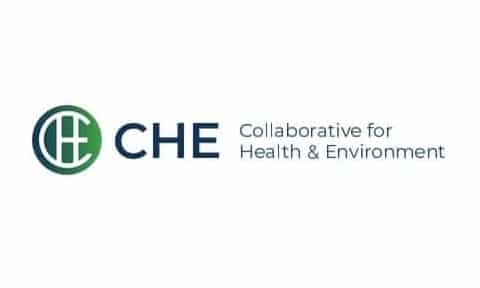
Addresses both indoor and outdoor air quality
Arsenic
The main source of arsenic exposures is through drinking water.
- Can you find out from your water utility if your community’s water is naturally high in arsenic?
- Can you filter water to remove arsenic if the levels are high?
Helpful link
Asbestos
The main source of asbestos exposures is through insulation in building materials, especially paint, insulation, and floor tiles in older houses.
- Can you find out if asbestos is in your home or workplace?
- Can you have asbestos-containing materials removed?
- Can you hire out any remodeling work to professionals qualified to work with asbestos?
Helpful links
Benzene
The major sources of benzene exposure are tobacco smoke, automobile service stations, exhaust from motor vehicles, and industrial emissions. Forest fires also produce benzene.
- Can you remove sources of smoke from inside your home?
- Can you reduce your time in auto exhaust and near gas pumps?
Helpful link
Bisphenol A (BPA)
Bisphenol A, or BPA, is a synthetic chemical used in plastics and resins and added to many everyday items, including cash register receipts. Most exposure comes from eating food or drinking water stored in containers that have BPA.
- Do your food containers contain BPA?
- How can you reduce the amount of food you eat from BPA containers?
Helpful links
Dioxins
Dioxins occur in nature but are also created by human processes. They accumulate in animal fats, including in animal-derived foods high in fat.
- Can you cut away excess fat from meats before cooking?
- Can you reduce the amount of animal fat you eat in meats—including poultry and fatty fish—and dairy products?
Helpful link
Endocrine-disrupting chemicals (EDCs)
You can be exposed to EDCs through water, air, food, consumer products, or contaminated soil.
- Can you find out if your personal-care products or cleaners contain endocrine-disrupting chemicals?
- Can you reduce your use of plastic food containers?
- Can you reduce your use of fragrances, both in cosmetics and in other products such as air fresheners, candles, laundry supplies, and cleaners?
Helpful links
Formaldehyde
Formaldehyde is used in building materials and in many cosmetic products as a preservative. Formaldehyde is also produced when smoking tobacco or using unvented fuel-burning appliances such as gas stoves or kerosene space heaters.
- Can you reduce tobacco smoking in your home?
- Can you increase the ventilation in your home to prevent formaldehyde from building up?
Helpful links
Perfluoroalkyl substances (PFAS)
PFAS are manufactured chemicals used widely in non-stick cookware, stain-resistant fabrics, and fire-fighting foams.
- Can you cut down on buying foods in packages containing PFAS, such as microwave popcorn and fast-food wrappers?
- Can you avoid buying fabrics, including clothing, upholstered furniture, and carpeting, that are treated to be stain-resistant?
- Do you know if my water supply is contaminated?
Helpful links
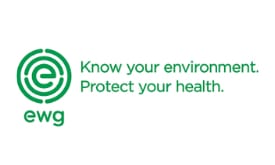
Mapping the PFAS contamination crisis ›
PFAS pollution in public and private water systems
Pesticides
The most common exposures at home are through chemical treatments in homes and on lawns.
- Can you try to avoid pest problems in your home by removing entry points and sources of food and water?
- Can you try non-chemical or less-toxic remedies for any pests in or around your home?
- Can everyone entering your home remove shoes before entering to reduce pesticides that are tracked in from outdoors?
Integrative oncologist and CancerChoices advisor Donald Abrams, MD, explains why all cancer patients (and everyone else as well) should be eating organic food.
Play videoHelpful links
Polycyclic aromatic hydrocarbons
Polycyclic aromatic hydrocarbons (PAHs) are toxic substances formed during combustion, including burning tobacco and when smoking or grilling meat.
- Can you avoid cooking food at very high temperatures and avoid contacting foods to open flames when cooking?
- Can you avoid using an open fireplace or an inefficient wood stove? Can you reduce the amount of smoke produced in my fireplace, wood stove, or other fire by managing fuel and oxygen flow?
- Can you minimize my exposure to car exhaust?
Helpful links
Viruses and bacteria
Even though some types of cancer are caused by viruses or bacteria, in general most infected people will not develop a cancer related to the infection.3The American Cancer Society medical and editorial content team. Viruses that can lead to cancer. American Cancer Society. March 31, 2022. Viewed April 11, 2022. Some of the cancer-causing (oncogenic) viruses and bacteria are avoidable or treatable.
As the world was reminded during the COVID-19 pandemic, viruses can spread easily from one person to another. Many oncogenic viruses reside in the skin or body fluids of an infected person. Viruses can be spread by coughing, sneezing, touching, or even sharing drinking or eating utensils. Unprotected sexual contact, such as without a condom, is another frequent exposure route.
Steps you can take to reduce your risk of infection:4The American Cancer Society medical and editorial content team. Viruses that can lead to cancer. American Cancer Society. March 31, 2022. Viewed April 11, 2022; Blackburn K. 7 viruses that cause cancer. MD Anderson Cancer Center. August 2018. Viewed April 11, 2022.
- Human papillomavirus (HPV) vaccination for persons under age 26, and preferably between ages 9 and 12
- Stop contact with body fluids of others, such as unprotected sexual contact or sharing eating utensils or hypodermic needles
If you are infected, steps you can take to reduce your risk of infecting others:5The American Cancer Society medical and editorial content team. Viruses that can lead to cancer. American Cancer Society. March 31, 2022. Viewed April 11, 2022; Blackburn K. 7 viruses that cause cancer. MD Anderson Cancer Center. August 2018. Viewed April 11, 2022.
- Hepatitis B virus (HBV) vaccination for all children, for adults up to age 59, and older adults at risk of HBV exposure
- Screening for hepatitis C virus (HCV); because most people infected with HCV aren’t aware that they’re infected, the US Centers for Disease Control and Prevention recommends that all people 18 years of age or older get tested for HCV at least once, and that some groups of people get tested more often.
- Treat known infections if possible; hepatitis C is highly treatable, for example, and eradication therapy for Helicobacter pylori (H. pylori) not only reduces spread but can reduce incidence and mortality from stomach cancer among treated people6Ford AC, Yuan Y, Moayyedi P. Helicobacter pylori eradication therapy to prevent gastric cancer: systematic review and meta-analysis. Gut. 2020 Dec;69(12):2113-2121.
- Stop contact with body fluids of others, such as unprotected sexual contact or sharing eating utensils or hypodermic needles
Helpful links
How Creating a Healing Environment relates to other practices
Eating Well
Foods are sometimes contaminated with chemicals during production or processing.
Some cooking methods can create harmful exposures, such as charring and cooking with high heat.
Some food packaging or storage containers can contaminate food with harmful chemicals.
Foods can be a source of viruses and bacteria.
Don’t smoke
Tobacco smoke contains thousands of chemicals, including at least 70 known to cause cancer.7Harmful Chemicals in Tobacco Products. American Cancer Society. October 28, 2020. Viewed April 7, 2022. These include arsenic, benzene, formaldehyde, and PAHs, plus harmful air particulates as reviewed above.
Helpful links
Keep reading
Creating a Healing Environment
More Healing Practices
Learn more
References


